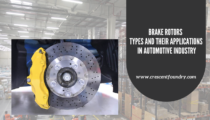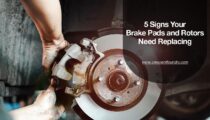The automotive industry relies heavily on casting to produce parts…
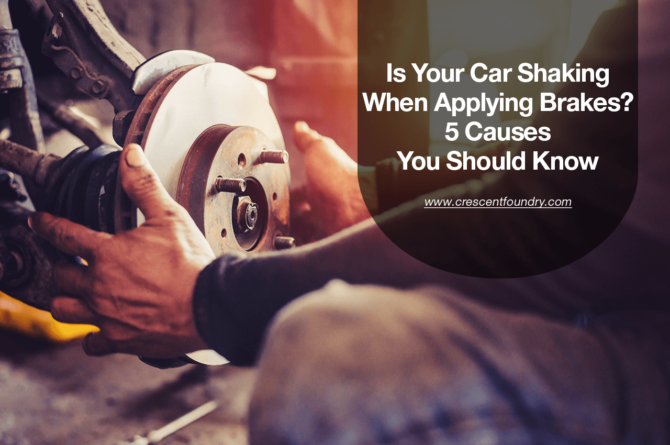
Is Your Car Shaking When Applying Brakes? 5 Causes You Should Know
Have you ever experienced that unnerving sensation when you press down on your brakes, and your car starts to shake instead of a smooth stop? Shaking when braking is a frequent concern for drivers, stemming from multiple factors within the braking system. This unsettling sensation often arises due to various issues such as warped brake rotors, uneven brake pad wear, suspension problems, wheel alignment issues, or brake calliper malfunctions.
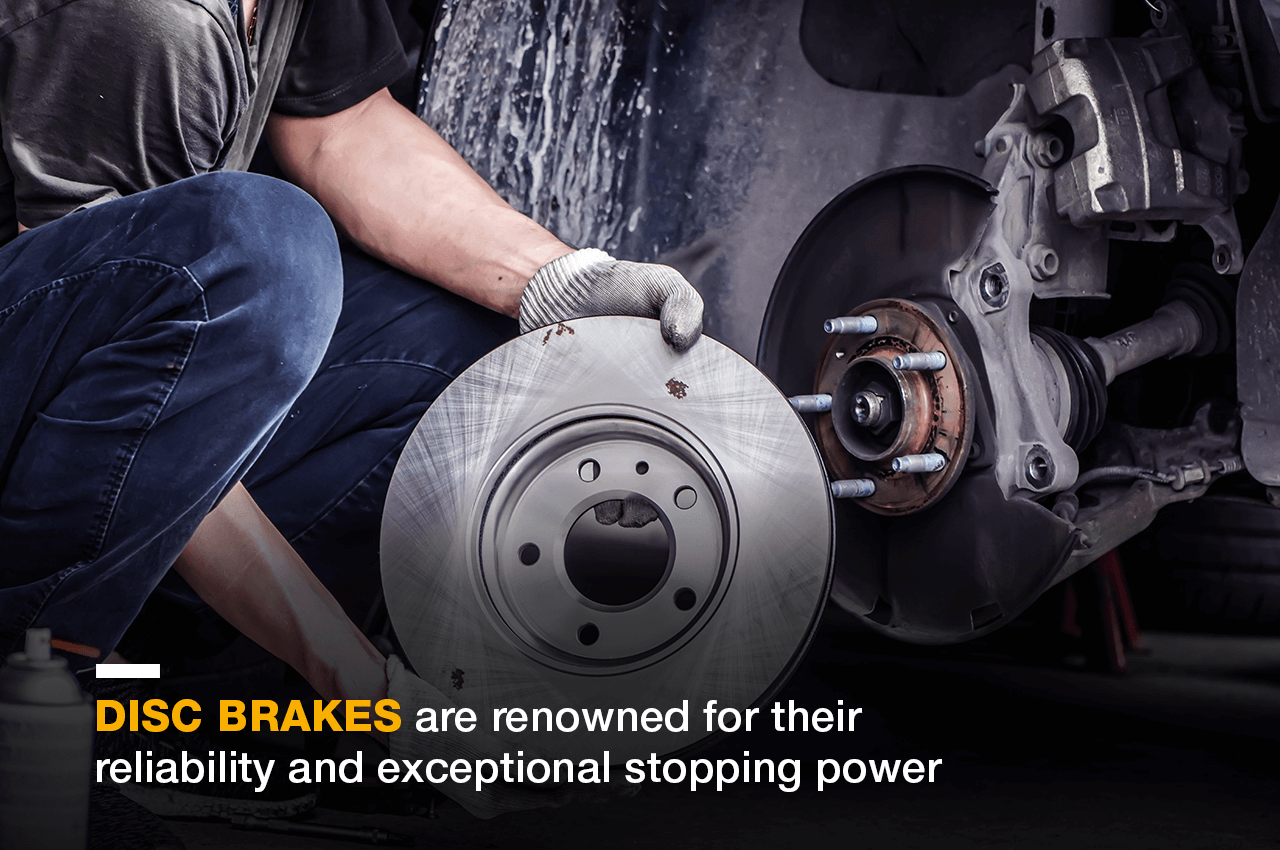
Choose Quality Brake Rotors Manufacturer:
In this blog, we’ll delve into the top five reasons why your car might be shaking when applying brakes. We’ll discuss the importance of quality brake rotors and why choosing a reliable brake rotor manufacturer in the USA matters.
Warped Brake Rotors: A leading cause of brake-induced shaking is warped brake rotors, integral components also known as brake discs in your vehicle’s braking system. When you engage the brake pedal, brake pads press against the rotors, creating friction to decelerate your car. However, prolonged use, excessive heat, uneven wear, or improper installation can cause rotor warping. This warping disrupts the even contact between brake pads and rotors, resulting in vibration during braking.
To mitigate such issues, it’s paramount to opt for top-tier brake rotors from reputable US manufacturers. Seek out brands employing premium materials and precision manufacturing techniques to ensure consistent performance and long-lasting durability. By prioritizing quality, you can minimize the risk of rotor warping and maintain smooth, reliable braking performance.
Uneven Brake Pad Wear: Uneven brake pad wear is another prevalent cause of brake-induced shaking. Typically, brake pads gradually diminish as they engage with brake rotors over time. However, irregular wear disrupts this process, resulting in erratic braking and vibration upon application. Factors like calliper issues, suspension complications, or incorrect pad installation can prompt uneven wear.
To mitigate this, prioritise regular brake pad maintenance and examination. Consistent checks can preemptively address any signs of uneven wear, ensuring smoother braking performance. Moreover, opting for top-tier brake pads crafted by reputable manufacturers fosters more uniform wear patterns. This proactive approach not only enhances braking stability but also prolongs the lifespan of both brake pads and related components.
Suspension Problems: While issues with the braking system are often the primary cause of shaking when applying brakes, problems with the suspension can also play a role. The suspension system is responsible for supporting the weight of the vehicle and absorbing shocks from the road surface. If components of the suspension system, such as struts, shocks, or bushings, are worn or damaged, it can lead to instability and vibration during braking.
Routine inspection and maintenance of your vehicle’s suspension system are essential for detecting and addressing potential issues before they escalate. Working with a trusted mechanic or automotive technician can help ensure that your suspension system remains in optimal condition.
Wheel Alignment Issues: Wheel alignment refers to the precise adjustment of the angles of the wheels relative to each other and the road surface. Proper wheel alignment is crucial for maintaining stability, handling, and tyre wear. However, if your wheels are out of alignment, it can result in uneven tyre wear and steering problems, which may manifest as shaking or vibration when braking.
Regular wheel alignments are recommended to ensure that your vehicle’s wheels are properly aligned. Additionally, addressing any alignment issues promptly can help prevent further damage to your tyres and other components of the braking system.
Brake Caliper Problems: Brake callipers are responsible for applying pressure to the brake pads, causing them to clamp down on the brake rotors and slow down the vehicle. If the brake callipers become stuck or seize up, it can lead to uneven braking pressure and vibration when applying the brakes. Common causes of brake calliper problems include corrosion, worn seals, or debris buildup.
Routine inspection of the brake callipers is essential for detecting any signs of wear or malfunction. Replacing worn or damaged callipers with high-quality replacements from a reputable manufacturer can help ensure smooth and reliable braking performance.
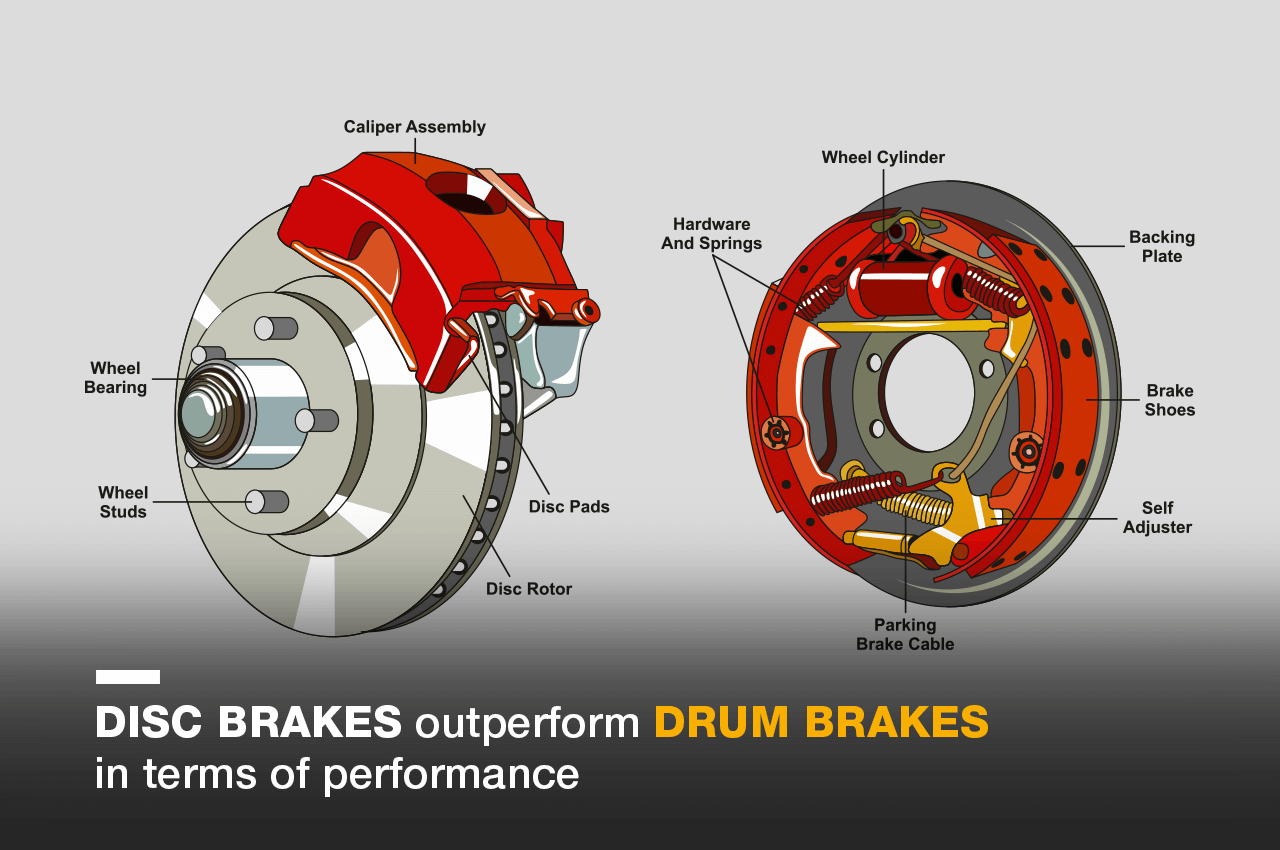
Conclusion:
Experiencing shaking or vibration when applying brakes can be a concerning issue for any driver. However, by understanding the potential causes and taking proactive measures to address them, you can ensure a safer and more enjoyable driving experience. Investing in our high-quality brake components, including brake rotors, is essential for maintaining optimal braking performance and vehicle safety. Remember to prioritise regular maintenance and inspections to keep your braking system in top condition and address any issues promptly. With proper care and attention, you can minimise the risk of brake-induced shaking and enjoy smooth, reliable braking for miles to come.

